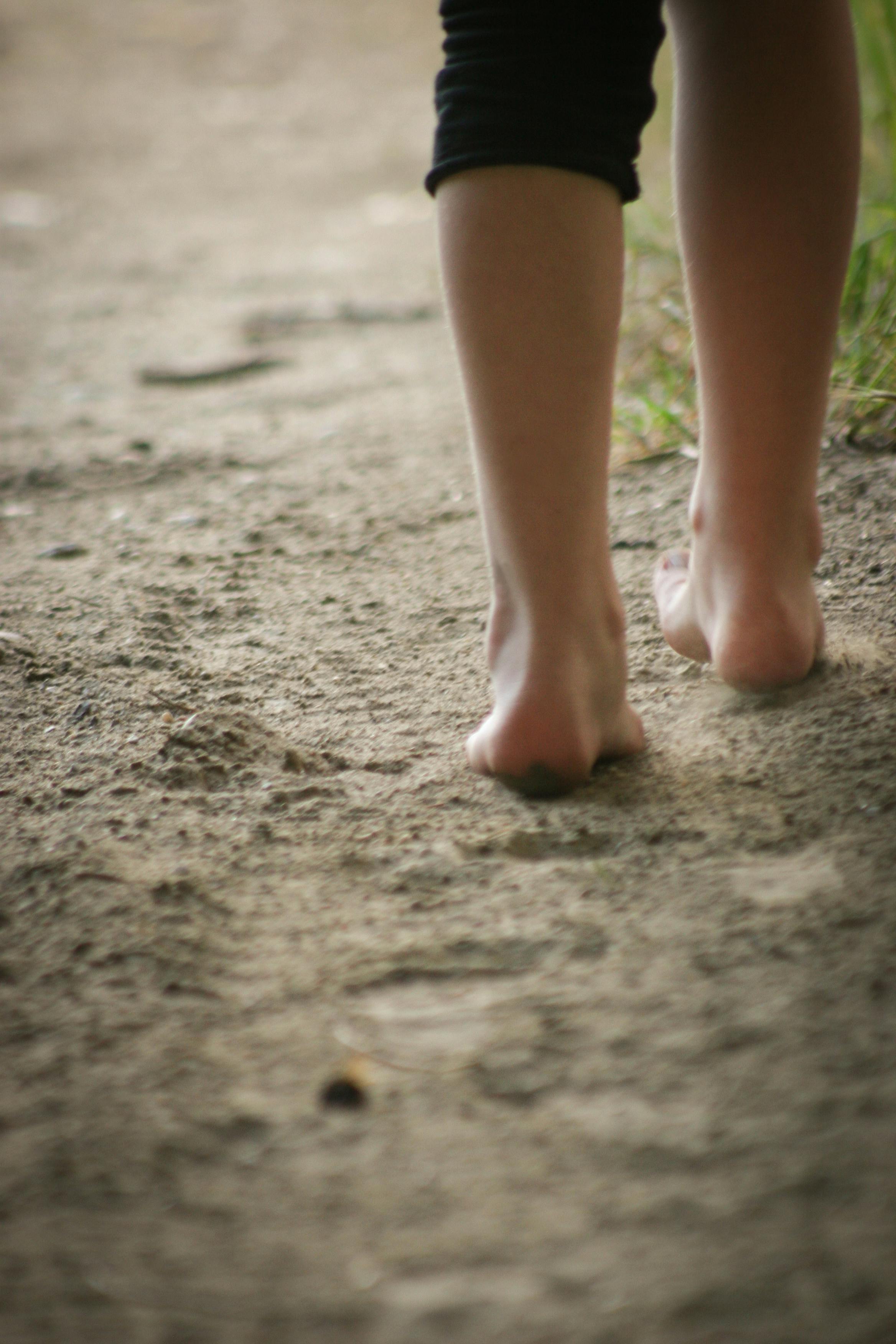Plantar Fasciitis Treatment: How To
For some athletes, simply changing running shoes can substantially reduce plantar fascia pain. A physiotherapist can use a variety of different taping techniques to support the plantar fascia, offering it a possibility to recover. Some shoes can be fitted with inserts. One example is an orthotic, which covers the length of the shoe.
Another choice is a heel cup. This insert is created to support and cushion the heel. Plantar fasciitis is connected with less versatility in the ankle, Achilles tendon, and calf muscles. Mild stretching to improve flexibility can make the biomechanics of standing, strolling, and running less stressful for the plantar fascia.
Utilizing mild pressure, roll the tennis ball backward and forward under the foot. Stand 18 inches away from a wall with feet about 6 inches apart and position hands against the wall, at shoulder height. Without moving feet, lean into the wall, bending the foot and stretching the Achilles tendon and calf muscles Rest on the flooring with legs directly in front.
Simple Tips about Plantar Fasciitis Treatment
Stretches like these last 2, in which the top of the foot and toes approach the shin, are called dorsiflexion stretches. Using a cold-pack or bag of ice to bottom of the foot may supply discomfort relief from plantar fasciitis. Relief can also be discovered by rolling the bottom of the foot on a frozen plastic water bottle.
Protocol Concepts. For runners, increasing the variety of steps per mileusing a shorter stride however increasing cadence to maintain speedmay reduce the tension on the plantar fascia even though there will be more actions per minute.1.Extra weight puts an increased stress on the plantar fascia tissue. Shedding excess pounds will lighten the load on the body's musculoskeletal system, including the plantar fascia.
This prevents the plantar fascia from resting in a contracted position. (Understandably, many people find these splints tough to oversleep.). While it is ruled out standard treatment, deep myofascial massage might promote blood flow and healing. While not all experts agree, some think using manual manipulation/mobilization (by a chiropractic specialist or other competent health professional) in addition to workout is a reliable method to treat plantar fasciitis.2, People with persistent, moderate to serious cases of plantar fasciitis, might utilize these non-medical treatments in conjunction with medications, injections, or surgical treatments.
Plantar Fasciitis Treatment - Lessons Discovered

Medications are not a remedy for plantar fasciitis and need to be used in combination with other treatments. Non-steroidal anti-inflammatory drugs are used to decrease swelling and inflammation, and are recommended for clients experiencing moderate to serious discomfort (This Website). NSAIDs consist of aspirin (e.g. Bayer), ibuprofen (e.g. Advil), naproxen (e.g. Aleve), and cox-2 inhibitors.
dexamethasone) through healthy skin to the aching area.1 Iontophoresis might be suggested to clients with plantar fasciitis who can't tolerate injections or want to avoid injections. If non-medical treatments and medications do not provide relief from plantar fasciitis, patients might think about injections. 1. Wellenkotter J, Kernozek TW, Meardon S, Suchomel T.

Int J Sports Medication. 2014; 35( 9 ):779 -84.2. Bronfort G, Haas M, Evans R, Leininger B, Triano J. Efficiency of manual therapies: the UK proof report. Chiropr Osteopat. 2010; 18:3.3. Clar C, Tsertsvadze A, Court R, Hundt GL, Clarke A, Sutcliffe P. Scientific effectiveness of manual treatment for the management of musculoskeletal and non-musculoskeletal conditions: methodical evaluation and update of UK proof report.
Some Examples Of Plantar Fasciitis Treatment
The plantar fascia is a long, thin ligament present along the bottom of the foot that creates the arch of the foot. It extends from the heel bone, and after that splits and fans out to connect itself to the toes. Plantar fasciitis is a condition where the plantar fascia becomes swollen from overstretching or overuse, causing pain in the heel and bottom of the foot.
Plantar fasciitis occurs when you strain or aggravate the plantar fascia ligament. Repetitive strain can result in small tears in the ligament, leading to discomfort and swelling, which can make strolling difficult. Strains can occur due to: High or low foot arch Obesity or abrupt weight gain Tight Achilles tendon which connects the calf muscles to the heel Beginning a new activity or increasing the strength of an activity Using inappropriate shoes with soles that are too soft, do not fit well or provide bad arch assistance The major problem of plantar fasciitis is pain and tightness in the heel and foot.
Your medical professional might watch how you stand and walk, and examine related conditions such as high arches. X-rays of the foot can be taken if your physician presumes a tension fracture, a hairline fracture in the bone, or other related conditions such as a heel spur, which is additional calcium deposit on the heel bone.
Important Strategies To Plantar Fasciitis Treatment
Conservative treatment procedures consist of: Rest: Rest is the primary step that is thought about for lowering pain and preventing additional damage to the ligament. Ice: Rolling your foot over ice can be extremely effective in reducing swelling, and is recommended for 20 minutes, 3-4 times a day Medications: NSAIDs (non-steroidal anti-inflammatory drugs) may be recommended for relief of pain and inflammation Workout: calf stretches and plantar fascia stretches work in alleviating pain A steroid injection might be administered into the plantar fascia for minimizing discomfort and inflammation Supportive shoes and orthotics may likewise be advised to reduce the pain while strolling or standing Night splints can be suggested by your physician to help stretch the plantar fascia while sleeping Physical therapy may be suggested for instruction on extending exercises, massage and ice treatments PT might use extracorporeal shockwave treatment (ESWT), which utilizes high-energy shockwave impulses to stimulate healing of the harmed plantar fascia tissues Surgical treatment is considered just if conservative therapy does not supply reliable relief after 12 months.
Gastrocnemius recession: Tight calf muscles or gastrocnemius muscles can strain the plantar fascia. To launch this stress, your cosmetic surgeon will surgically lengthen the calf muscle, and increase the motion of the ankle (Look What I Found). The surgery can be performed by open incision or endoscopically through a little incision by using an endoscope, which is a long instrument with a small camera attached.
Your cosmetic surgeon will partly cut the plantar fascia ligament to relieve the stress. The surgery can be carried out endoscopically however open cut is easier to carry out and is associated with lower threat of nerve damage. Complications are unusual following surgical treatment to deal with plantar fasciitis, however just like any surgical procedure, they can happen.
Advantages of Plantar Fasciitis Treatment
If you are experiencing signs of plantar fasciitis, detailed treatment from our foot experts is offered at ORA Orthopedics. As the biggest and most advanced orthopedic practice in the Quad Cities, ORA Orthopedics offers the best choices in care to children and grownups with a broad selection of musculoskeletal conditions, including plantar fasciitis and other unpleasant or unpleasant foot issues (You Could Try These Out).
This condition is generally marked by higher foot pain and tightness after not throughout exercise or extended durations of inactivity. Plantar fasciitis might likewise cause bone stimulates, or little boney growths, to establish on the heel bone. The knowledgeable medical professionals and staff at ORA Orthopedics' Foot and Ankle Center of Excellence are trained in the most current treatment techniques and provide patient-focused care that is 2nd to none in the Quad Cities.
No comments:
Post a Comment